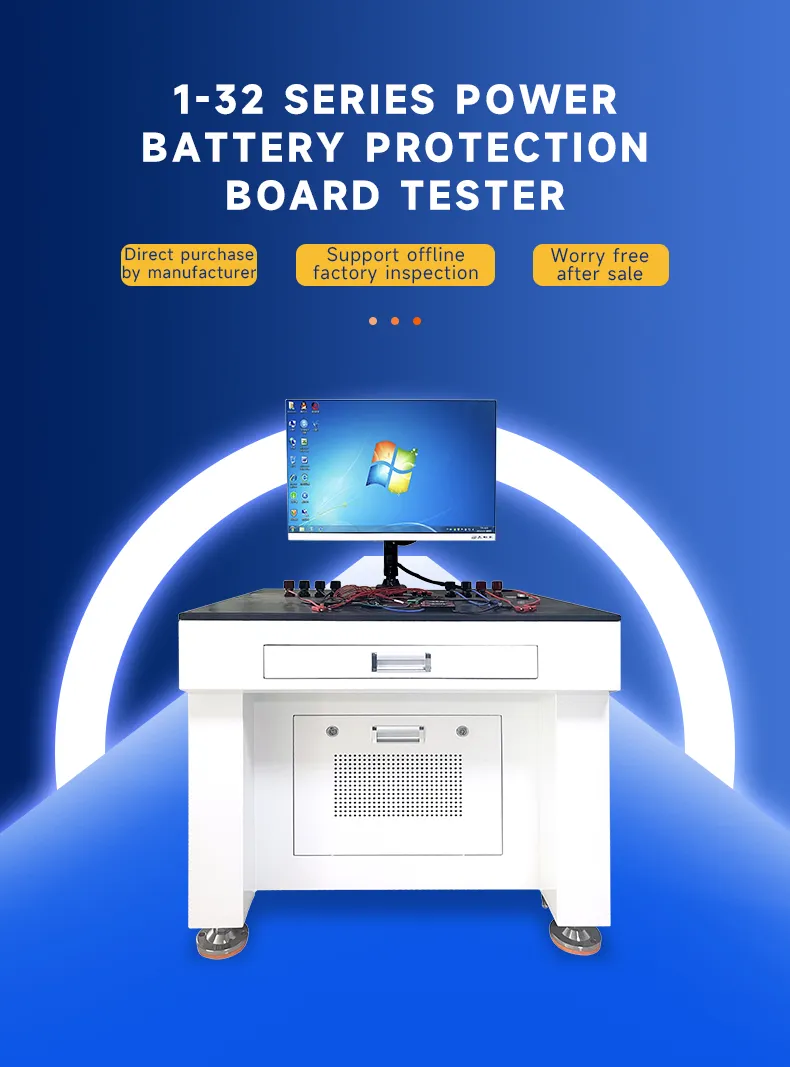Choosing the right battery protection board (BMS - Battery Management System) is essential for ensuring the safe and reliable performance of lithium batteries. A battery protection board safeguards the battery from overcharging, over-discharging, overcurrent, and short circuits, which could otherwise damage the battery and reduce its lifespan. Here's a guide on how to select the best protection board for your lithium batteries.
1. Determine the Battery Type and Parameters
Before selecting a protection board, you need to consider the type of lithium battery you are using. Different types of lithium batteries, such as lithium cobalt oxide (LCO), lithium iron phosphate (LiFePO4), and lithium manganese oxide (LMO), have unique characteristics and charging/discharging needs. The protection board must be compatible with the specific battery type.
Battery Capacity: Knowing the capacity of your battery is crucial, as the protection board’s current carrying capability must match the battery's discharge requirements. If the battery has a larger capacity, you'll need a protection board that can handle higher currents to prevent overheating and potential failure.
Battery Voltage: The protection board should be able to handle the battery's nominal voltage, full-charge voltage, and minimum discharge voltage. For example, a typical 3.7V lithium-ion battery has a full-charge voltage of 4.2V, and a LiFePO4 battery has a nominal voltage of 3.2V.
2. Consider Protection Functions
A good protection board should offer comprehensive protection features. Here are the most important ones:
Overcharge Protection: Prevents the battery from charging beyond a certain voltage (e.g., 4.25V for a 4.2V cell), protecting the battery from damage and ensuring safety during charging.
Over-discharge Protection: Cuts off the discharge circuit when the battery’s voltage drops below a safe threshold (e.g., 2.5V for a 3.7V battery). This helps prevent deep discharge, which could reduce the battery's capacity or even cause permanent damage.
Overcurrent Protection: Monitors the discharge current and disconnects the circuit if the current exceeds a predefined limit. This protects the battery from excessive current that could lead to overheating or other safety risks.
Short Circuit Protection: Automatically disconnects the circuit in the event of a short circuit, protecting the battery from dangerous conditions.
Balancing Function: For multi-cell batteries, the protection board should feature cell balancing to ensure that all cells in the pack charge and discharge evenly. This function improves the overall performance and lifespan of the battery pack.
3. Check the Quality and Certifications
When selecting a protection board, quality is paramount. Choose boards made with high-quality PCB materials and reliable electronic components. High-quality boards tend to have better heat dissipation, stability, and durability.
Additionally, verify that the protection board complies with relevant certifications and standards such as CE, UL, and ISO. Certified protection boards ensure the product’s reliability and safety for use in critical applications.
4. Look for Compatibility with Your Use Environment
Depending on the application and environment in which your battery will be used, it’s important to select a protection board that suits specific conditions:
Temperature Range: Ensure that the protection board can operate within the temperature range required for your application. Some protection boards have built-in temperature sensors that cut off charging or discharging if the battery gets too hot or too cold.
Size and Installation: The protection board should match the physical dimensions of your battery pack. Choose a board that can be easily integrated into your existing battery design, with mounting holes or soldering pads for easy connection.
Special Requirements: If your application involves harsh environments (e.g., outdoors, high humidity, or exposure to dust), you may need a protection board with additional features like waterproofing or shock resistance.
5. Consider the Manufacturer’s Reputation
Selecting a reliable manufacturer is essential for ensuring the quality and reliability of your protection board. Reputable manufacturers invest in advanced testing methods, strict quality control, and thorough research and development to ensure their products meet the highest industry standards.
6. Long-Term Maintenance and Support
Finally, it’s important to choose a protection board supplier that offers excellent after-sales support, including technical assistance, warranty services, and maintenance options. A good supplier should also provide detailed documentation, such as user manuals and circuit diagrams, to assist with the installation and maintenance process.
Conclusion
Choosing the right protection board is critical for ensuring the safety, performance, and longevity of lithium batteries. By understanding your battery’s requirements and evaluating the protection functions, quality, and environmental compatibility of the protection board, you can ensure reliable operation and enhanced battery life.
At SUNKA LEAD, we understand the importance of comprehensive battery protection. While we don’t provide the protection boards themselves, we specialize in advanced BMS Testing Machines that ensure your protection boards are performing optimally. Our testing machines help verify the functionality of protection circuits, ensuring that each battery operates safely and efficiently.

Contact us today to learn more about our BMS testing solutions and how we can help you ensure the reliability and safety of your lithium battery packs.



